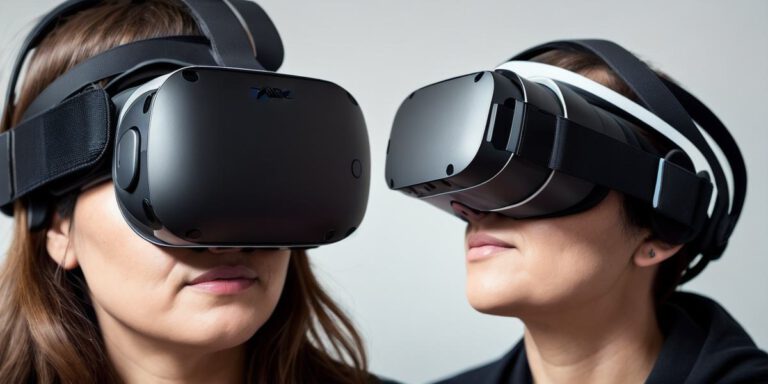Immersive VR Experiences for Chronic Pain Relief: Exploring the Potential of Virtual Reality in Pain Management.

Title: Immersive VR Experiences for Chronic Pain Relief: Exploring the Potential of Virtual Reality in Pain Management
Chronic pain can be a debilitating condition that affects millions of people worldwide. Despite advances in medication and treatments, many individuals continue to suffer from chronic pain without effective relief. In recent years, virtual reality (VR) has emerged as a promising tool for managing chronic pain. VR technology allows individuals to enter immersive virtual environments and experience a sense of presence, making it an ideal medium for pain management.
One of the primary advantages of VR in pain management is its ability to distract from pain. In a study conducted by researchers at Stanford University, participants who used VR experienced a significant reduction in pain intensity while performing tasks that triggered their chronic pain. The study also found that VR helped to reduce anxiety and depression associated with chronic pain.
Another potential benefit of VR in pain management is its ability to provide a sense of control over one’s environment. For individuals with chronic pain, this can be especially helpful in managing stress and reducing anxiety levels. In a study conducted by researchers at the University of Washington, participants who used VR to control their virtual environment experienced a significant reduction in pain intensity compared to those who did not have control over their environment.
In addition to its ability to distract from pain and provide a sense of control, VR can also help individuals with chronic pain to develop coping strategies for managing their condition. For example, VR therapy has been used to treat post-traumatic stress disorder (PTSD) by exposing individuals to virtual environments that trigger their symptoms. Similarly, VR therapy can be used to expose individuals with chronic pain to virtual environments that simulate activities they may have difficulty performing due to their condition.
Real-life examples of the use of VR in pain management are also encouraging. For example, a study conducted by researchers at the University of Massachusetts Medical School found that participants who used VR to manage chronic pain reported significant improvements in their quality of life compared to those who did not use VR. Another study conducted by researchers at the University of California, San Francisco, found that VR therapy was effective in reducing pain intensity and improving function in individuals with fibromyalgia.
Despite its promising potential, there are still some challenges associated with using VR for chronic pain management. For example, VR technology can be expensive and may not be available to everyone. Additionally, some individuals may experience motion sickness or other adverse effects when using VR.
In conclusion, immersive VR experiences offer a promising tool for managing chronic pain. By distracting from pain, providing a sense of control, and helping individuals develop coping strategies, VR can help to improve the quality of life for millions of people suffering from chronic pain. While there are still challenges associated with using VR in pain management, continued research and development in this area hold great promise for the future.
FAQs:
Q: What is virtual reality?
A: Virtual reality (VR) is a technology that allows individuals to enter immersive digital environments and experience a sense of presence.
Q: How does VR help with chronic pain management?
A: VR can distract from pain, provide a sense of control over one’s environment, and help individuals develop coping strategies for managing their condition.
Q: Is VR technology expensive?
A: Yes, VR technology can be expensive, but there are also more affordable options available.
Q: What is the potential future of VR in pain management?
A: Continued research and development in this area hold great promise for the future of VR in pain management.








